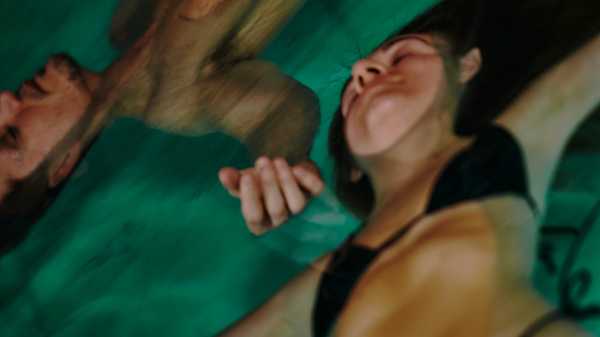
Save this storySave this storySave this storySave this story
Sometime in 1906, a twenty-three-year-old Manhattan socialite by the name of Natica Rives went to stay at the sprawling Lakewood Hotel, in New Jersey, seeking treatment for a strange, new nervous condition that the press had taken to call New Yorkitis. The malady appeared to strike only the very rich, at least at first; the tycoon John D. Rockefeller had also decamped to Lakewood for several rounds of hydrotherapy, also known as taking the waters, also known as dunking your body in a bubbling hot spring or, if there is no hot spring to be found, in a tub filled with steamy water that has been salted or infused with herbal tinctures. Rockefeller seemingly overcame his New Yorkitis and lived to be ninety-seven years old. Rives was not so lucky. The year after she returned from her season of spa therapy, she married a wealthy heir and moved to an opulent Fifth Avenue apartment, where she died in her sleep a few months later, after forgetting to turn off a gas valve that powered a reading light beside her bed.
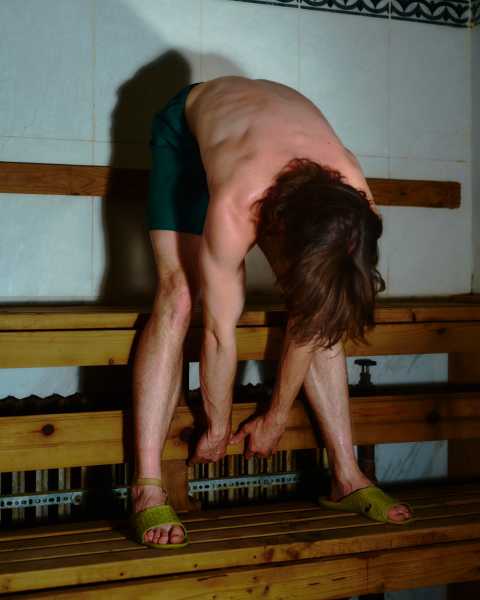
Russian & Turkish Baths, East Village.
Almost every part of the world has its own therapeutic bathing traditions dating back centuries or millennia. The ancient Egyptians marinated in water spiked with aromatic oils. The Romans sweated together in laconica (dry heat rooms) and sudatoria (wet steam rooms). The Japanese have geothermally heated onsen springs; the Swiss and Germans have entire towns devoted to the “water cure.” But the practice of soaking and shvitzing has its own quirky history in New York City, where the stress of simply moving through the grimy metropolis is enough to make people desperate for ways to slough off the tension. Since the first public bathhouse opened on Rivington Street, in 1901, city dwellers have treated their “New Yorkitis” with visits to eucalyptus-scented Russian banyas in Brighton Beach, the Korean mega-spas of Queens and New Jersey, a Turkish hammam in the East Village, the legendary downtown gay bathhouses, the old-school steam rooms at the Manhattan Plaza Racquet Club—but the end goal remains the same. You have to get this city out of your pores somehow.
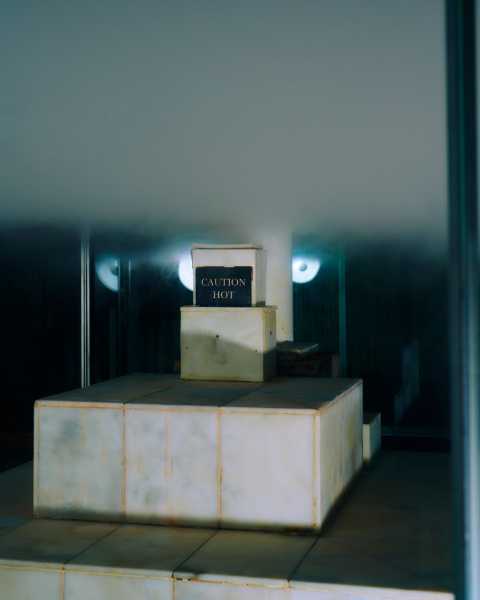
AIRE Ancient Baths, Tribeca.
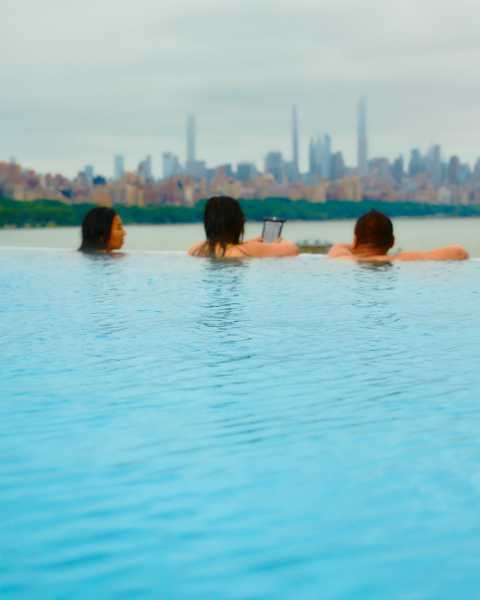
SoJo Spa Club, Edgewater, New Jersey.
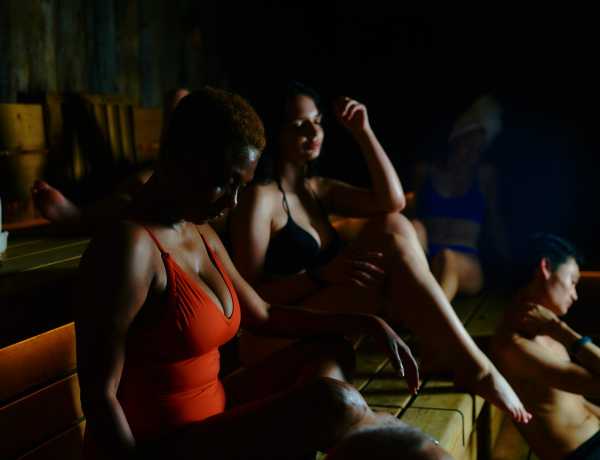
World Spa, Midwood.
On a recent Thursday morning, I visited one of the latest splashy entrants into New York’s shvitzing landscape, the fifty-thousand-square-foot World Spa, in the Midwood section of Brooklyn. A hulking concrete-and-blond-wood building on an industrial strip, the spa opened last winter as a kind of wellness Epcot Center, offering weary New Yorkers (at least those who can spare eighty-five dollars for a day pass) bathing facilities borrowed from cultures around the world. After changing into a fluffy terry-cloth robe and stepping into plastic slippers the texture of a pool noodle, I set out on World Spa’s tour. There are two main Russian banyas, featuring furnaces filled with pricey jadeite stones, and a “halotherapy” room, lined with both Himalayan pink salt and red and black salts imported from Poland. There are two Finnish dry saunas; a trio of Japanese onsen tubs; a “clay and hay” sauna, inspired by those of the Eurasian Steppe region; a “snow room,” where fresh powder falls steadily from a machine in the ceiling; tiled Moroccan and Turkish hammams; and a collection of saltwater pools. All of the spa experiences form a ring around a large space filled with white tables, where guests can order green juices and poke bowls and boat drinks using an electronic bracelet that links directly to their credit cards.
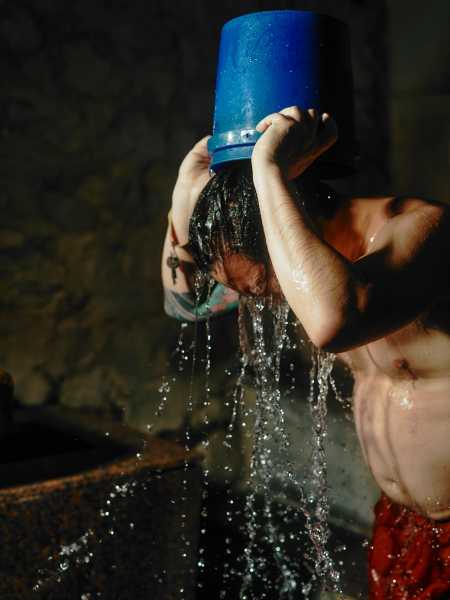
Russian & Turkish Baths, East Village.
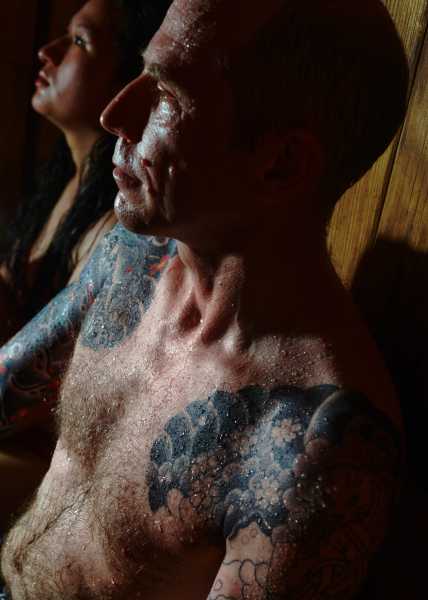
Russian & Turkish Baths, East Village.
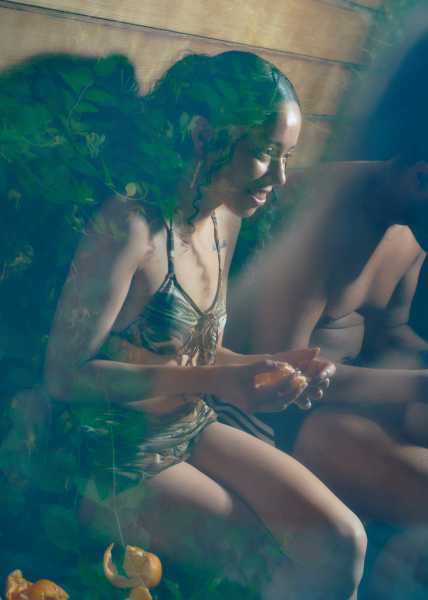
cityWell brooklyn, Gowanus.
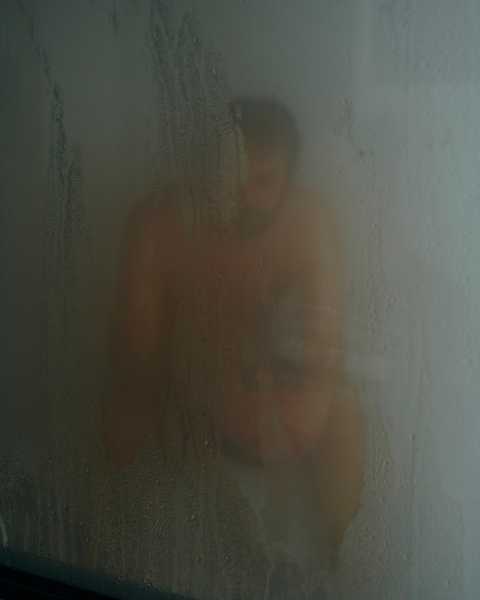
Russian & Turkish Baths, East Village.
For a platza ritual (named for the Yiddish term for “shoulders” or “back”), thirty or so people crammed into World Spa’s Grand Banya, the larger of the two main Russian-style saunas, and three staff members used oak branches to draw the heat downward from the ceiling onto the back sides of our bodies. The lead staff member, a thin Ukrainian woman wearing a turban, offered to thwack people’s lat muscles with the branches—an Eastern European tradition that is said to move circulation and release toxins. Another staff member passed out orange-size “snowballs” that we rubbed on our bodies as the temperature rose to alarming levels. The woman next to me, who had been quietly meditating, suddenly let out a loud moan. Her face was piglet pink. “This is no joke,” she said.
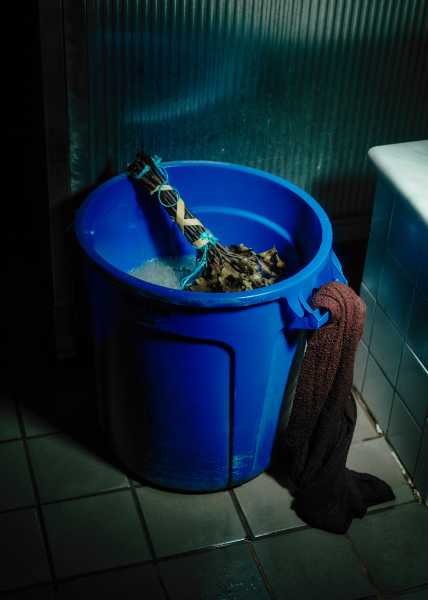
Russian & Turkish Baths, East Village.
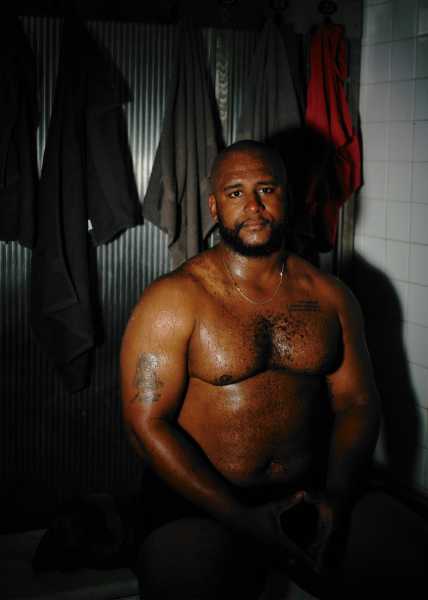
Russian & Turkish Baths, East Village.
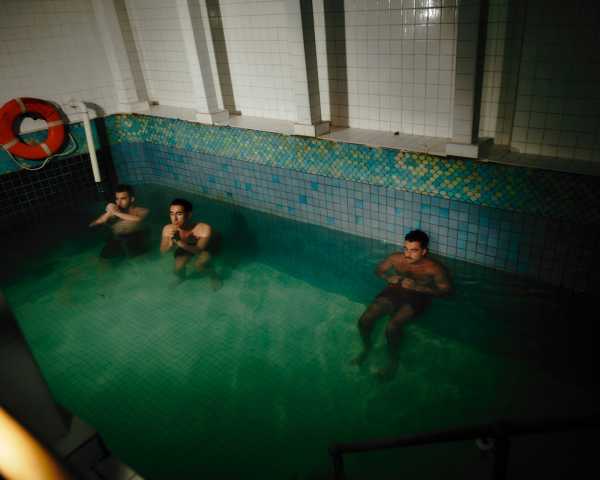
Russian & Turkish Baths, East Village.
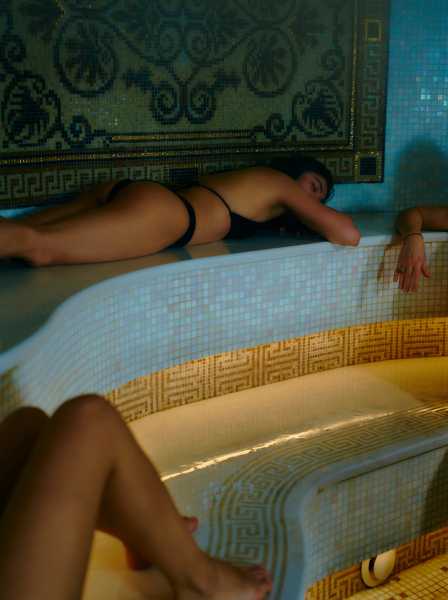
World Spa, Midwood.
The New Yorker recently sent the photographer Yael Malka to capture the current state of sweating at World Spa and at other new and old bathhouses in and around the city. She visited the ritzy AIRE Ancient Baths, in Tribeca; the Turkish & Russian Baths, in the East Village; SoJo Spa Club, in Edgewater, New Jersey; and a lower-key operation called cityWell brooklyn, in Gowanus, where a massage therapist named Liz Tortolani has converted the private back yard of an apartment building into a wee “hydrotherapy circuit,” complete with a freestanding sauna about the size of a fancy department-store dressing room. Tortolani told me, when I visited, that she first had the idea for the facility years ago, as she was walking through the city after a gruelling day toting a heavy bag of sheets that she would use for massages. “The thought came into my mind: you are going to make a boutique bathhouse for New Yorkers,” she said. “I had no money, and no business plan. But I manifested it.”
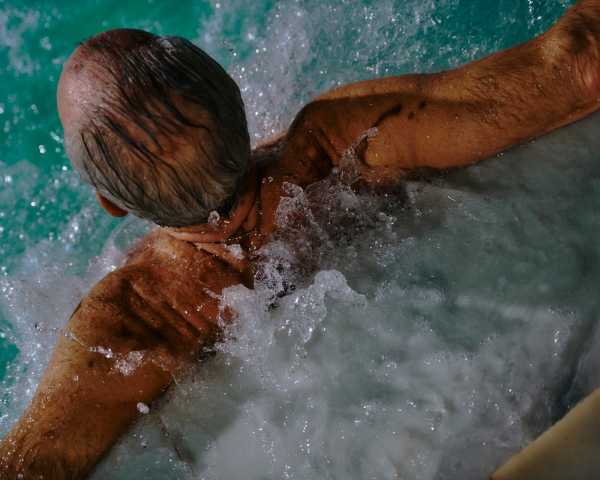
AIRE Ancient Baths, Tribeca.
Sourse: newyorker.com






